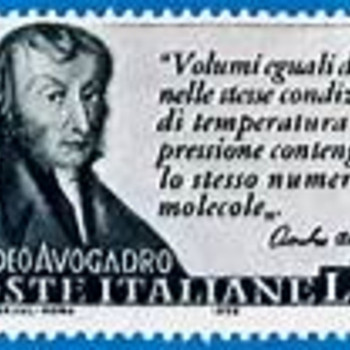Water undergoes a MEASURABLE autoprotolysis….the which we represent as...
#2H_2O(l) rightleftharpoonsH_3O^+ +HO^-#
And under standard conditions of #298*K# and near one atmosphere..the equilibrium has been carefully measured...
#K_w=[H_3O^+][HO^-]=10^-14#
#([H_3O^+][HO^-])/([H_2O])=10^-14# under standard conditions...and because #[H_2O]# is so large, we may effectively ignore it...and so....
#[H_3O^+][HO^-]=10^-14#....and we could take #log_10# of both sides of the equation...
And IN A NEUTRAL solution....#[H_3O^+]=[HO^-]=sqrt(10^-14)#
#=10^-7*mol*L^-1#...
We can use logarithms to simplify our treatment. And note with logarithms....if I write #log_ab=c#, then #a^c=b#. Historically (before the advent of cheap electronic calculators), we routinely used logarithmic tables for multiplication of large or small numbers. For #log_10#..we know, for instance that #log_10(100)=2#, #log_10(1000)=3#; #log_10(0.10)=-1#. Capisce?
Given #[H_3O^+][HO^-]=10^-14#....and we could take #log_10# of both sides of the equation...
#log_10[H_3O^+]+log_10[HO^-]=underbrace(log_10(10^-14))_(-14)#
#log_10[H_3O^+]+log_10[HO^-]=-14#...or
#14=underbrace(-log_10[H_3O^+])_(pH)underbrace(-log_10[HO^-])_(pOH)#
And so our defining relationship,,,
#pH+pOH=14#...under standard conditions of #298*K#, and #100*kPa#..
At HIGH #pH# #[HO^-]# concentrations are HIGH. At HIGH concentrations of #H_3O^+#, #pH# may be low or negative...
At neutrality...#[HO^-]-=[H_3O^+]-=10^-7*mol*L^-1#...and #pH=pOH=7#.
At high temperatures, say at #100# #""^@C#, how do you think #K_w# would evolve? Remember that the defining equation is BOND-BREAKING....

